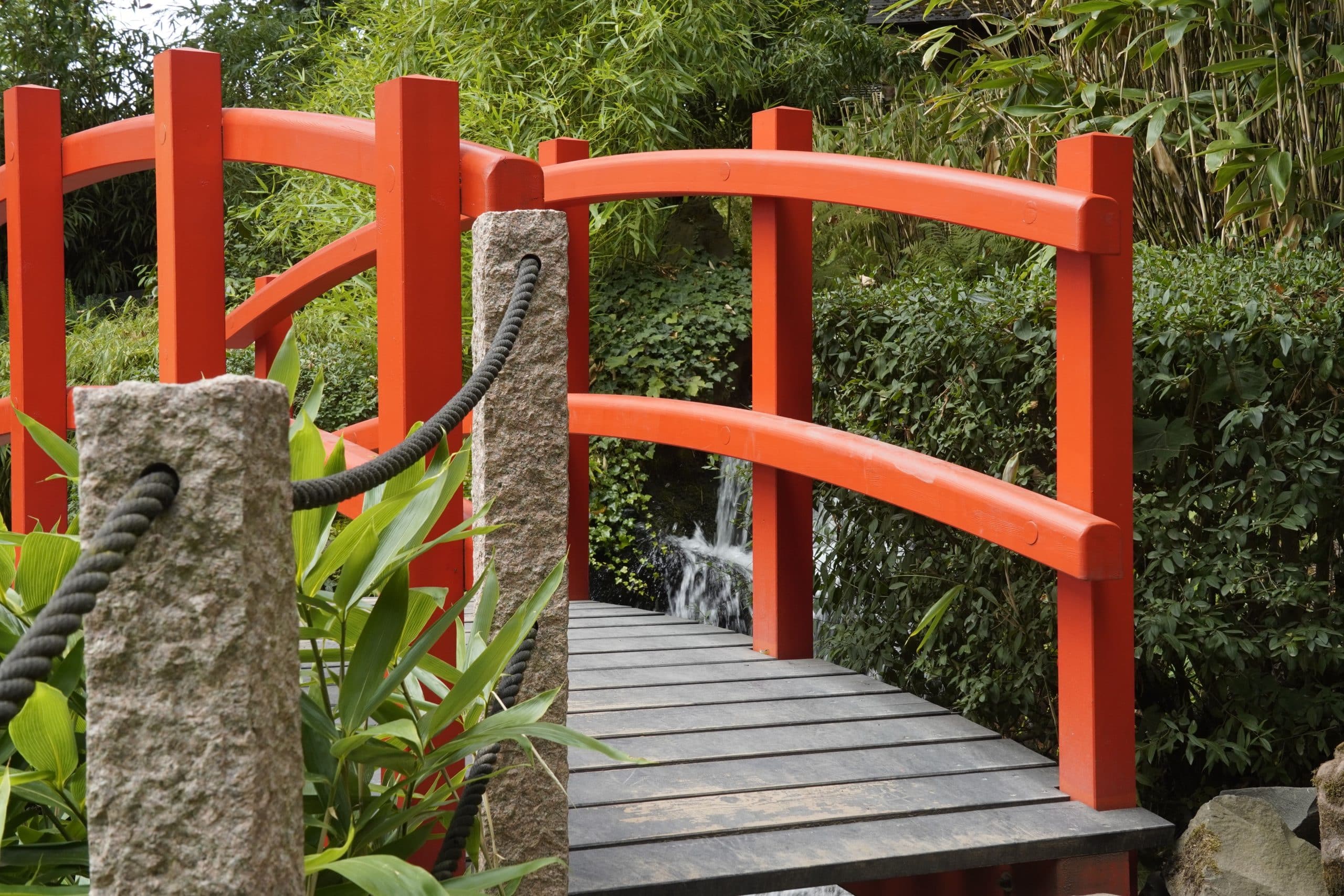How to Properly Train Your Dog to Accept a New Baby in the Home?

Bringing a new baby home can be a significant change for everyone in the household, including your pet dog. Dogs and babies can form an incredible bond, but it’s important to invest time and effort into training your dog to accept the new family member. This article aims to provide you with a comprehensive guide to make this transition smooth and stress-free.
Understanding Your Dog’s Behavior
Before you can start training your dog, you need to understand their behavior. This knowledge will help you predict and manage their reactions when the baby arrives. It’s crucial to remember that every dog is unique, and what works for one might not work for another.
Cela peut vous intéresser : What Are the Best Tips for Taking Care of a Puppy with Parvovirus?
Dogs are social animals and are used to being part of a pack. When a new baby comes into the home, it disrupts the existing pack order, which can affect your dog’s behavior. Your pet might feel threatened or neglected. Understanding these changes can assist you in addressing your dog’s needs and making them feel secure during this significant transition.
A new baby also introduces new sounds, smells, and changes to the daily routine, which can cause your dog to feel stressed. Watch out for signs of anxiety like whining, pacing, or barking. If you notice any abnormal behavior, don’t hesitate to seek help from a professional.
Avez-vous vu cela : What’s the Best Way to Introduce a New Cat to a Household with an Alpha Dog?
Preparing Your Dog Before the Baby Arrives
Preparation is key when introducing a new baby to your dog. Start training your dog months before the baby’s due date to ease them into the transition. The first step is to gradually alter your daily routine to reflect the changes that will come with a new baby.
For instance, you can start adjusting your dog’s walk and feeding times to match your expected routine once the baby arrives. This will help your pet adapt to the new schedule without associating the changes with the baby.
Another tip is to expose your dog to the sounds and smells of a baby. You can do this by playing recordings of baby noises or letting your dog sniff items like baby powder or lotion. Reward your pet with treats and praise to create positive associations with these new stimuli.
Training Commands and Reinforcing Good Behavior
Training your dog to follow specific commands can be crucial in maintaining control when the baby comes home. Some useful commands include ‘sit’, ‘stay’, ‘leave it’, and ‘go to your place’. These can help keep your dog calm and well-behaved around the baby.
Consistent training sessions will reinforce these commands. Remember to always reward good behavior with treats or praise to encourage your dog to repeat it.
Consider enlisting the help of a professional dog trainer if you’re struggling with training. They can provide expert guidance and teach your dog essential commands effectively.
Introducing Your Baby to Your Dog
When the time comes to introduce your baby to your dog, it’s essential to do it gradually and calmly. Initially, allow your dog to sniff the baby’s blanket or clothing. This will help your pet get familiar with the baby’s scent.
When they meet for the first time, make sure your dog is on a leash for safety. Keep the initial interactions short and always under supervision. It’s imperative to watch your dog’s reactions and intervene if necessary.
Gradually increase the time they spend together, always rewarding your dog for calm, gentle behavior around the baby. This fosters a positive relationship between them.
Maintaining Balance in Your Home
Finally, it’s vital to maintain a balance in your home after the baby’s arrival. While it’s normal for the baby to take up most of your time, don’t neglect your dog. Continue spending quality time with them, giving them plenty of attention, affection, and exercise.
Consistency is key to maintaining your dog’s behavior. Stick to the routine you established before the baby’s arrival and keep enforcing the commands your pet has learned.
If you notice any signs of aggression or abnormal behavior in your dog towards the baby, seek professional help immediately. An expert can provide strategies to manage the situation and ensure the safety of all family members. This process may be challenging, but with patience, understanding, and love, your dog and baby can form a precious bond.
Ways to Involve Your Dog in Your Baby’s Activities
Being a part of the baby’s activities can help your dog feel included and less threatened by the new addition to the household. It can also make your pet more comfortable and familiar with the baby’s presence.
One of the ways to involve your dog is to include them in the baby’s routine. For instance, you can have your dog around when you’re feeding or changing the baby. This gives your pet the chance to observe and adjust to your child’s presence and sounds.
Another idea is to take your dog along when going for strolls with your baby. Not only does this provide exercise for your dog, but it also allows them to associate the baby with positive experiences like going for walks.
Playing soft music that both the baby and dog can enjoy may also create a calming environment and strengthen the bond between them. However, always ensure that the dog’s participation in the baby’s activities is supervised to prevent any potential harm to the child.
Remember to reward your dog for their good behavior around the baby. This could be in the form of treats, praise, or a favorite toy. This reinforces the idea that being calm and gentle around the baby is a positive behavior.
Providing a Safe Space for Your Dog
As much as it’s important for your dog to bond with your baby, it’s equally crucial to provide your pup with a safe and quiet space of their own. This can help them retreat and relax when they feel overwhelmed by the baby’s noise or activity.
The space could be a particular room, a dog bed, or a crate. Make this space comfortable with your dog’s favorite toys, blankets, and perhaps a piece of clothing with your scent. This can help your pet feel secure and loved, even when you’re busy with the baby.
Place this safe space away from the baby’s room to avoid any disturbances during the baby’s sleep time. Enforce the rule that this space is solely for your dog and that children, including the new baby when they grow older, should not invade it.
Conclusion
Bringing a new baby home is a significant transition for every family member, including your pet dog. However, with careful planning, preparation, and training, you can help your dog adapt to this change. Understanding your dog’s behavior, preparing them before the baby arrives, teaching them essential commands, and slowly introducing them to your child can make this process smoother.
Involving your dog in the baby’s activities can help reduce feelings of neglect, while providing them with a safe space ensures they can retreat when needed. Remember to give equal love and attention to your baby and your dog, maintaining a balance in the home.
With patience and consistency, your dog and baby can form an incredible bond. Just like humans, dogs too, need time to adjust to new situations. So, give them that time, and you’ll soon see a beautiful friendship blossoming between your child and your pet. Remember, a well-adjusted and happy dog makes for a more harmonious household. Be patient, keep training, and your efforts will pay off.
